If you’ve ever driven into (or out of) London along the A4 in west London, you will have spotted an unusual row of houses as you drive through Barons Court and perhaps have wondered, ‘what on earth are they?’ as you drive by. Well, for years I did, until I had the chance to research the artists studios of Talgarth Road.
Many of you may have guessed that they were built as artists houses with the large windows along the top floor to allow maximum natural light to flood into the house. The row of eight houses were first known as St Paul’s Studios and completed in 1891 along Colet Gardens – which later became Talgarth Road – looking out over the large grounds of St Paul’s School. The houses were designed by Frederick Wheeler for ‘fine art publisher’, James Fairless, and particularly designed for the ‘bachelor artist’.
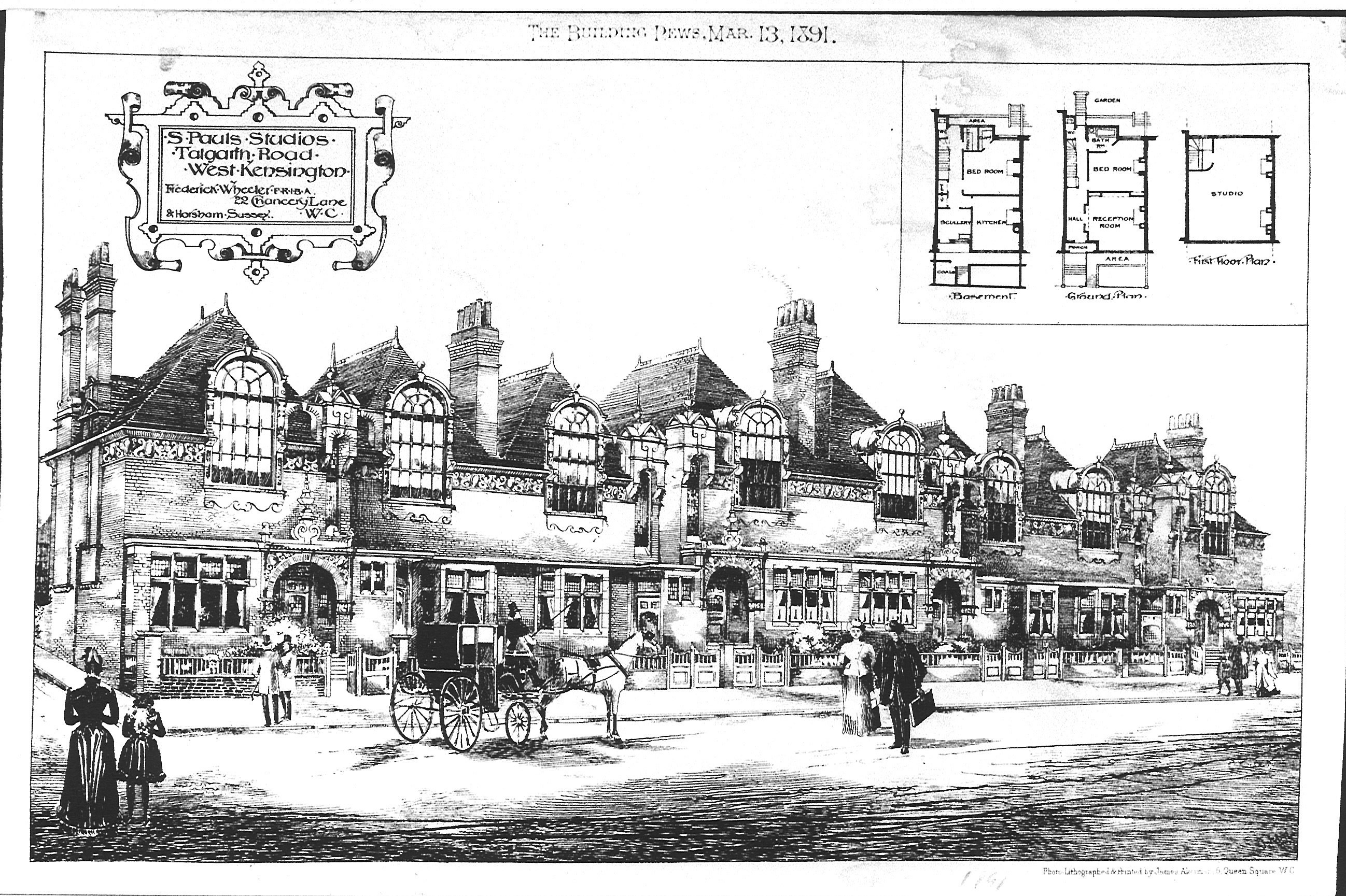
They were built in the popular style of the time, with brick and terracotta, along with decorative wrought iron and lead light windows. The basement accommodation was particularly designed for a housekeeper, while the ground floor was the living accommodation for the resident artist and the top floor was completely dedicated to studio space with the large round-headed window.
A few years ago, while working with Chestertons estate agents, I was asked to research the history of the former No.5 St Paul’s Studios. I had such fun delving into the stories of the former artists and discovering that for much of the history of the house it was home to a long list of noted artists, sculptors, and writers.
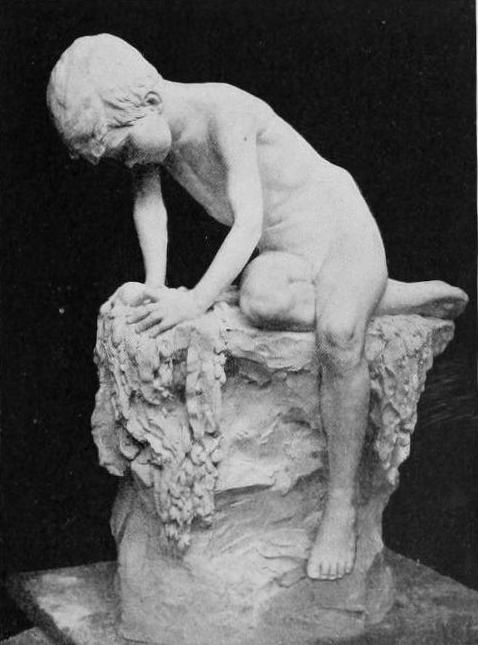
The first occupant to move in to the studio was Ruby Levick, who at the time was studying as a sculptor at the National Art Training School (later the Royal College of Art) in South Kensington. She later achieved great success, including exhibiting at the Royal Academy, and was much admired by Queen Alexandria. As an aside, Ruby’s brother, George Levick, was the surgeon and zoologist on Scott’s last expedition to Antarctica in 1910.
In 1901-03, No.5 St Paul’s Studios was the home of artist, Inglis Sheldon-Williams, an illustrator and a forerunner of today’s photo-journalist. He worked as an artist in the field during the Boer War and became an official war artist during the First World War.
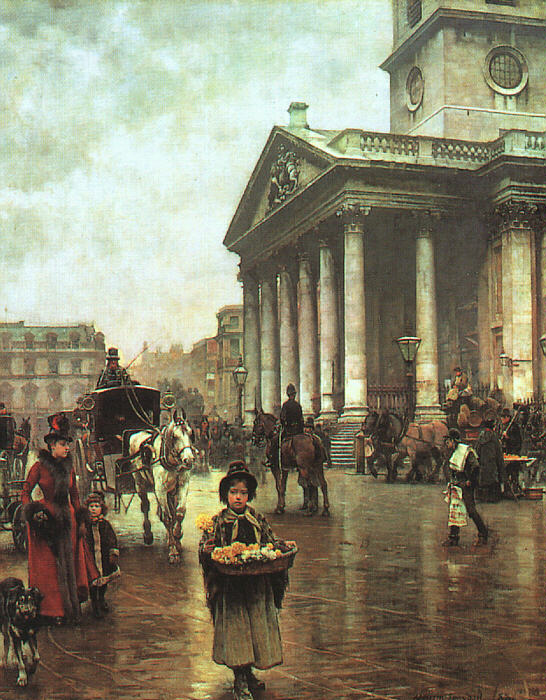
In 1903 the studio along Talgarth Road became the home of prominent English artist, William Logsdail. He had already exhibited at the Royal Academy at the age of 18 in 1877 and went on to have a highly successful career, with many popular paintings of familiar scenes in London, including St Martin-in-the-Fields and Bank and Royal Exchange. Queen Victoria purchased his work The Antwerp Fish Market after it was exhibited at the Royal Academy in 1880, which is still part of the Royal Collection today. William Logsdail continued at No.5 St Paul’s Studios until 1922 during which time he worked on his portrait painting, including Lord and Lady Halifax and Lord Curzon.
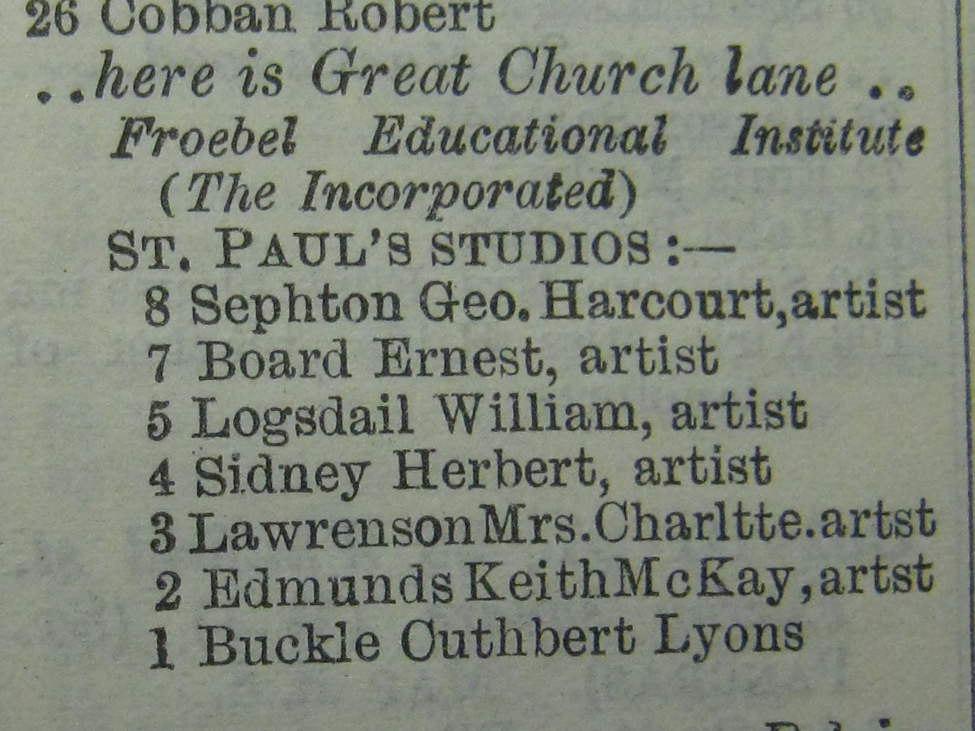
In 1923 through to 1938 the studio was the home of George Kruger Gray, who was particularly noted for his stained glass windows, but also his coin designs for British and Commonwealth nations. 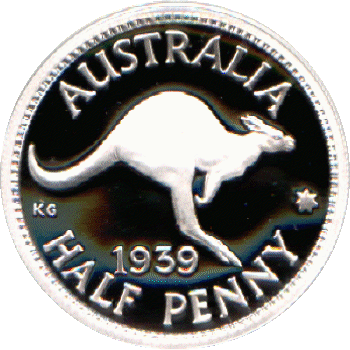
His designs appeared on coins in Australia, New Zealand and Canada, as well as the British shilling, florin, half crown and six pence, between 1927 and 1952.
George Kruger Gray also served with the Artists Rifles during the First World War and was created C.B.E. in 1938. He had several official commissions, including creating the Great Seal of King George VI and the collar of the Order of the British Empire.
After the Second World War, in 1949-50, No.5 St Paul’s Studios was the home of author and playwright, Ernest Gébler, husband of the Irish author, Edna O’Brien and father of author, Carlo Gébler. Ernest Gébler wrote several books, including The Voyage of the Mayflower, which sold five million copies and was made into a film with Spencer Tracy. Later, his play Call Me Daddy was made into a television drama and earned him an Academy Award in 1968, and his play Hoffman was made into a film in 1970 with Peter Sellers and Sinead Cusack.
By the 1950s a number of the studios were being converted into business space and No.5 became a dance school for the ‘Margaret Morris Movement’, a unique system of dance and physical education created by dancer Margaret Morris. The house continued to be used as a dance school through to the 1980s, when it once again became a residential home. The new owner, interior designer Allan Day, then set about restoring the house and studio back to its former glory, much as it had been when first completed in 1891.
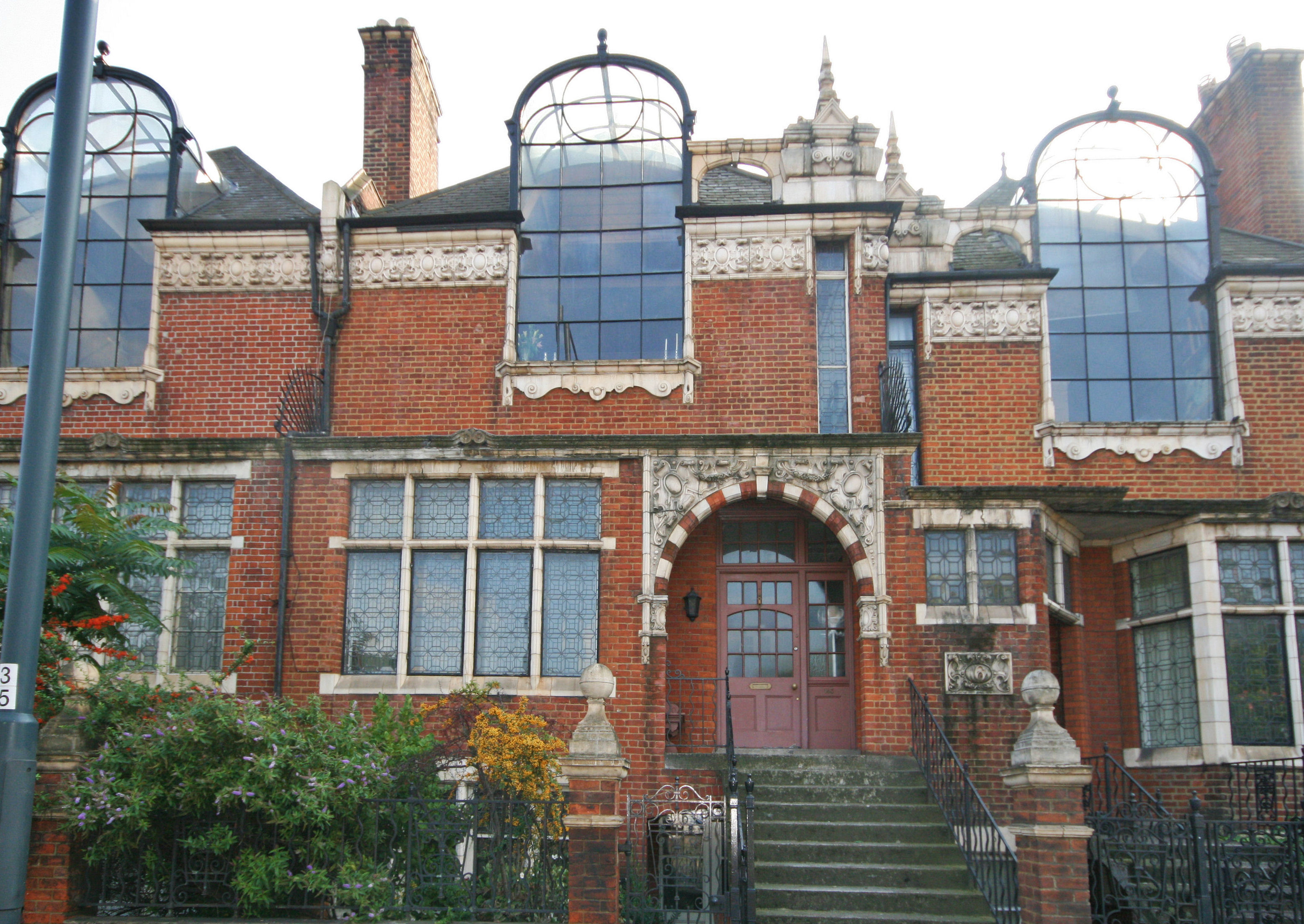

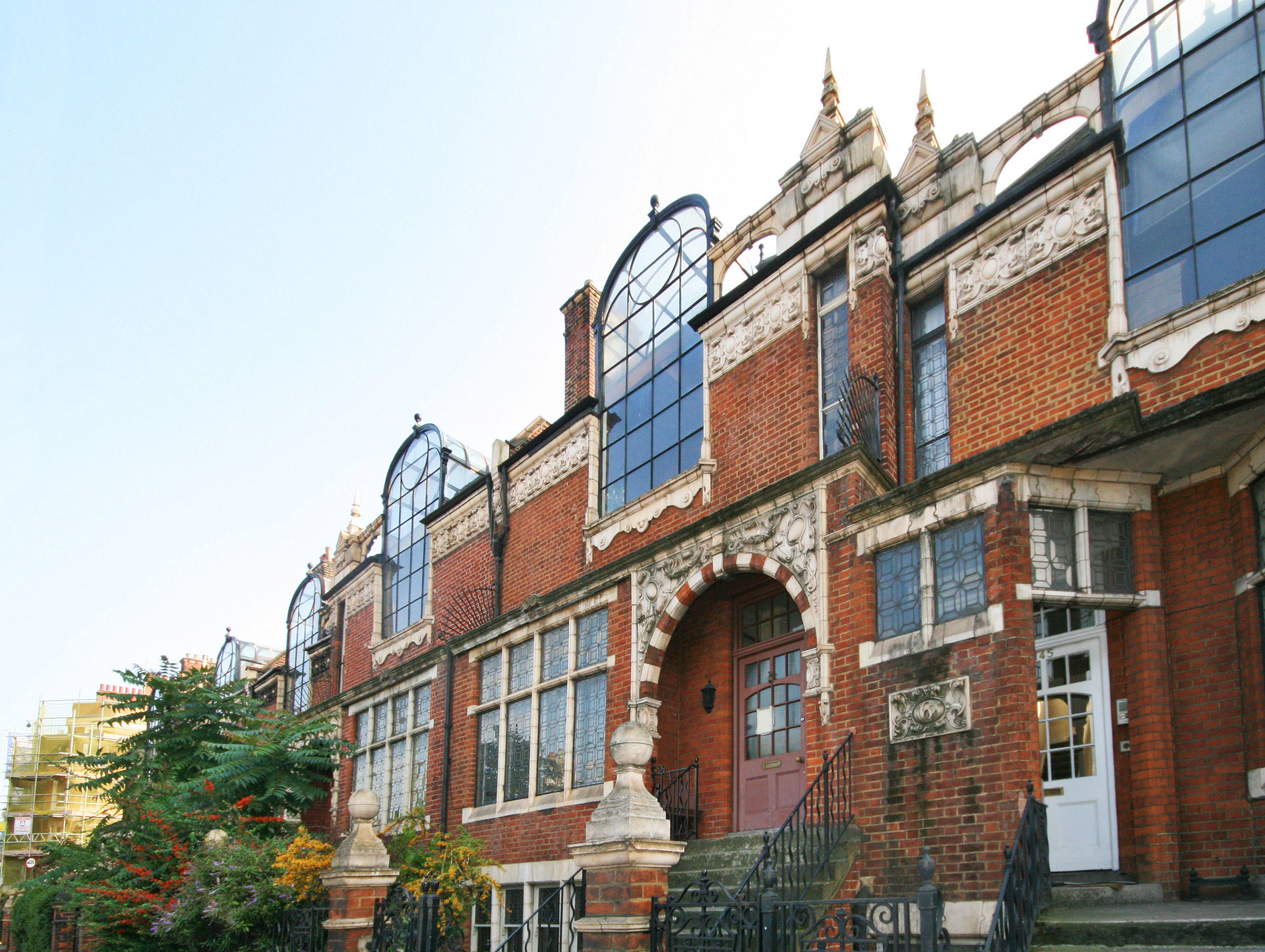

Reblogged this on First Night History and commented:
I have lived not far from Talgarth Road all my life and always longed to live in one of these studios. From childhood onwards, whenever we passed by, I would look up and dream.
Thanks for the fascinating research! Regards Thom.
Thank you Thom!
Thank you again for reblogging my latest post! :-)
One of these artist’s studios on Talgarh Road features largely in the Robert Galbraith (pseudonym for J. K. Rowling) mystery The Silkworm.
Oh nice! I haven’t managed to read The Silkworm, but will look out for it :-) Thanks!
It also appears in victor frankenstein and sherlock holmes movie with jude law
Oh yes – thanks :-)
Such an interesting read, thank you. I walked passed these glorious buildings today and I think they have to be the most beautiful I’ve ever seen. Being an artist myself, I can now understand why they tugged at my heartstrings! Such a pity they’re so dilapidated and smack bang on the A4 now.
Hi Julie,
Thank you for your comment on my blog about the houses on Talgarth Road! They are really quite special! And, I agree, such a shame about the busy A4 out the front. Thanks again. Mel
Dear Melanie
Most interesting, thanks. I have been researching the life of Kruger, because he as a boy was the subject of a heroic rescue, in which his brother and a friend died. They were stranded on the beach at Crosby. I can send you my interim writeup, should you be interested.
His rescuer, Eyton Owen, was awarded the Liverpool Shipwrick and Humane Society gold medal in 1893 (the same one Captain Rostrom of Carpathia received for the Titanic survivors’ rescue). Owen was a teacher at Waterloo High School, based at Blundellsands House, a long-vanished mid-Victorian mansion I would like to ask you about at some point.
Best wishes
Tonty
Hi Tony,
Thank you for your comment. I had no idea about the story of Kruger’s rescue as a boy. Although, it’s sad to hear his brother and friend died. It sounds like you’ve found some fascinating information. I will get back to you on Blundellsands House soon :-) Thanks again for the comment.
Mel
I saw this houses in one of the Strike movies. It was love at the first sight.
Thanks for the storys.
Thank you Petra – that is really kind!
I was lucky enough to be a visitor at no 5 Studios, aka 143, as my godmother and her interior designer brother owned the house. He meticulously restored this beautiful home. I even recall the headboard of my aunts bed was rescued from a church, with its ornate carvings; it was a statement piece. When he restored the kitchen, a bank of beautiful kitchen units hid the modern day accessories, right down to a beautiful sound system which filled the room with beautiful classical sounds. Thank you for researching and writing about these beautiful homes, it’s brought back very fond and happy memories.
Thank you so much for your kind comment. How wonderful that you have those memories of such a special house! It is great to hear elements of the interior of the house and the efforts made by your godmother and her brother! Thank you again for the comment and I’m happy to hear that my blog post brought back happy memories. All the best, Melanie
I was recalling my time as a student at the Royal Ballet School, 1949 – 51. Colet Gardens was then the address, and the School must have been at the end of the row of 8 Studios. Aren’t they beautiful? Quite a comfort to see daily on the way to the School, a not very happy 15 year old. I have heard that Margot Fonteyn’s mother lived in one of them. I was researching that time of my life, so thanks for the extra information on the Studios.
Thank you for your comment. It is wonderful to hear of connections to houses and it sounds like the dance school and studios was a key feature of the row of houses in Colet Gardens. All the best with your research! Thank you again. Melanie
I used to study in the college in front of them and I always thought how beautiful they are. 15 years later and living in another country, I was recalling them and day-dreaming about living in one of them, They are incredibilly beautiful. Thanks very much for the information. I had no idea they appeared in movies and novels and I thought I was the only one in love with them.
Thank you for the kind feedback on my blog post. They really are rather wonderful. You are certainly not alone in loving them! Thanks again. Melanie
Lovely to read all this historic background information. I remember seeing one of these houses featured in a Laura Ashley-catalogue from the mid 80s as background/decor for her Bloomsbury collection (based on the designs of the Bloomsbury group). The large window was such an eye-catcher!
Thank you for your kind comment! They are very striking and wonderful to see (often when driving past). Thank you again. Mel
Herbert Sidney at No4 was my great great uncle. My sister and I have six of his paintings – originals – and photographs of him in his studio! So nice to see many photos of the studios.
Fantastic! Wonderful to have his paintings but also to have photos of him working in the studio.
Wondering if your research showed that the artist Christian maxwell( sister of author Gavin) lived and possibly died here ,late 70s to 1980.
I’m afraid I don’t have those details. However, I researched No.5 several years ago. The only details I have to hand are those related to the dance school and then the house being purchased by Allan Day. If Christian lived there for a short time or at one of the other houses, a little more research would be required. I’m sorry I couldn’t help.
Alan Day restored the house with such care and sensitivity. One day at an auction he spied a portrait of a woman which he thought would fit well at No.5. His bid for the painting was successful and he took the painting home. Researching the subject of the portrait he discovered she had lived in the nextdoor house.
Wow! Thank you for the extra details about Alan Day’s work on the house, and what a wonderful link with the subject of the portrait. Amazing! Thank you again.
I worked as a planning officer for the local authority here during the 1990’s and was lucky enough to visit no.5 and meet Alan Day several times when he was in the process of restoring the studio and needed Listed Building consents. The quality and beauty of the building was wonderful to see – I remember in particular his joy at showing me the original Anaglypta wall covering along the stairs! Also his absolute fury at the damage some of the owners did to the other studios in the name of “improvements”. Thanks for reminding me of these beautiful buildings.
Hi Jo,
Thank you for your comment about the houses in Talgarth Road. They are such a wonderful row of houses and it was lovely to learn of Alan Day’s efforts to retain and restore the house back to its former glory! Thank you again for your comment. I am glad it was a nice reminder of these fantastic houses :-)
Kind regards,
Mel